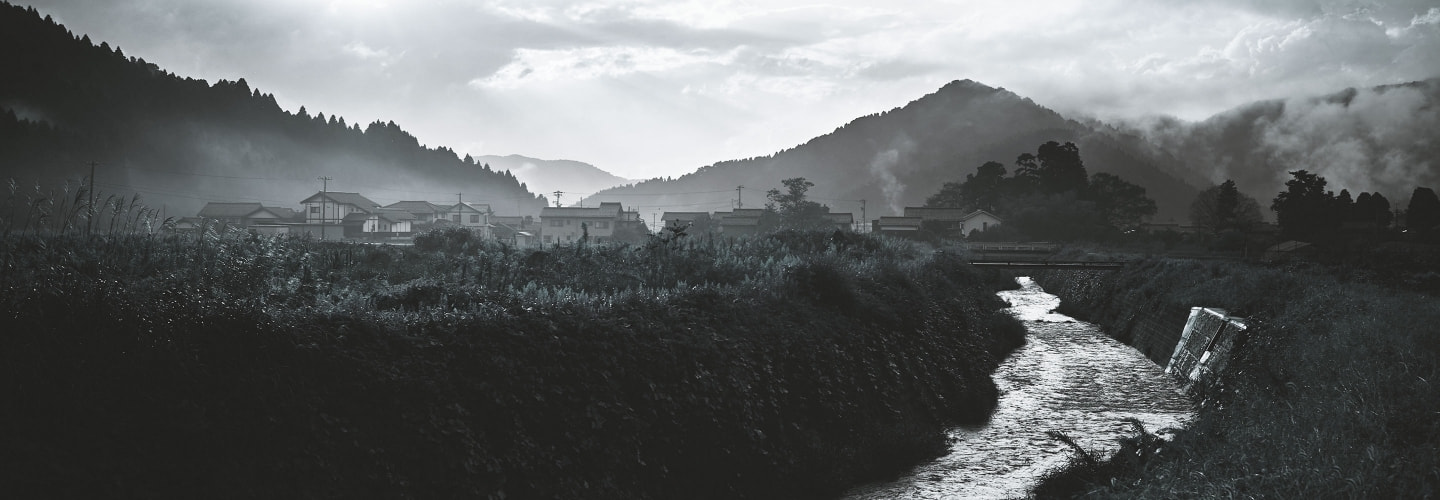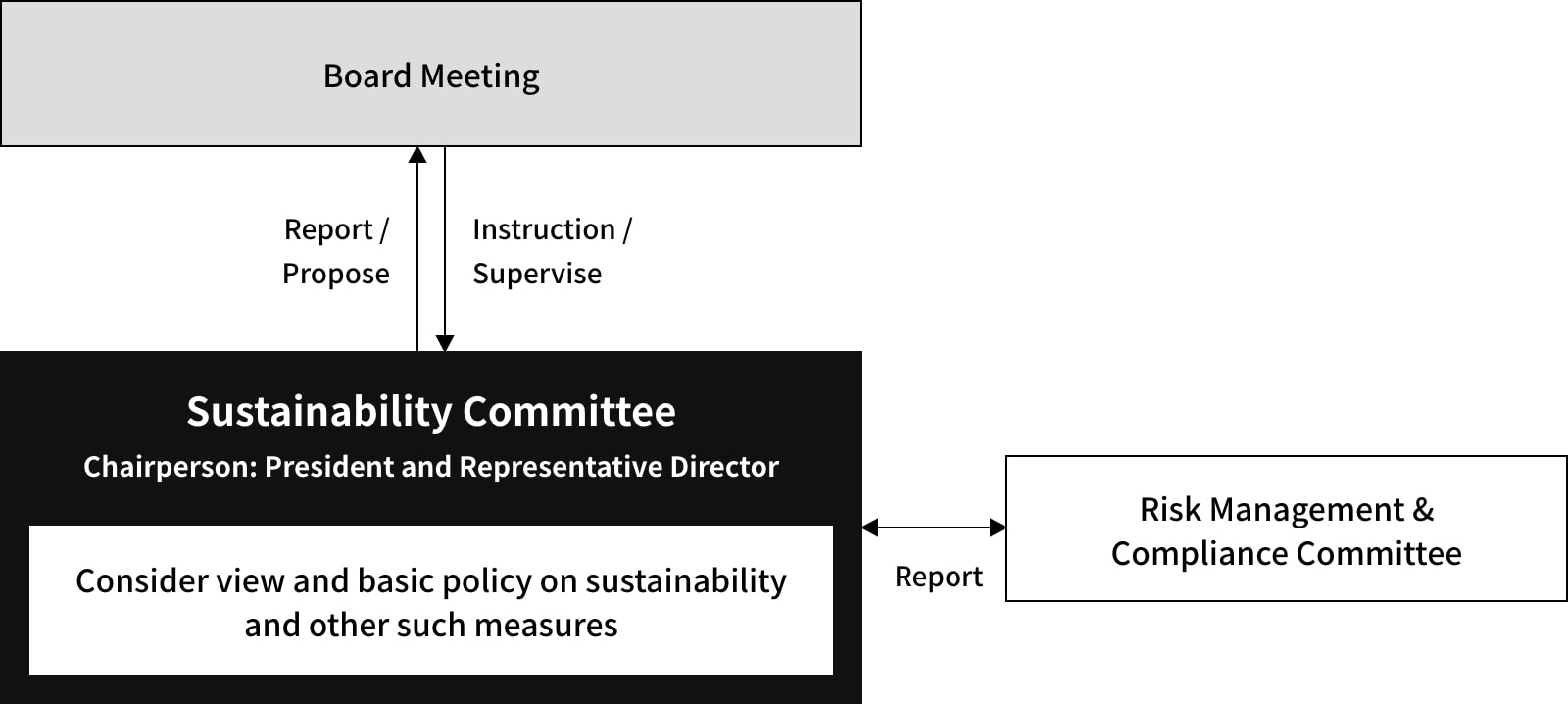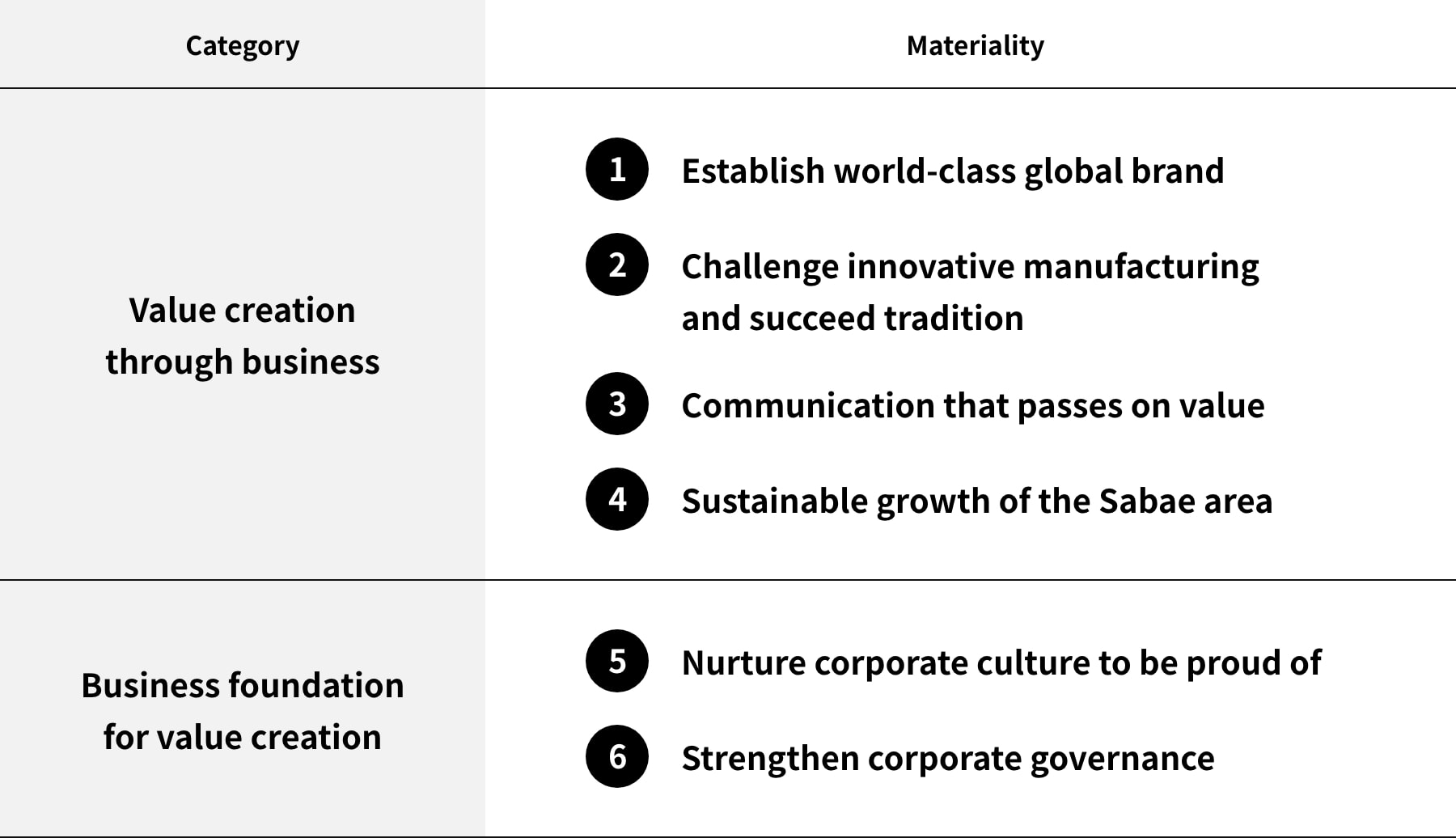Share Japanese traditional craftsmanship and innovation with the world

View on Sustainability Strategy
The JEH Group clarifies its “ideal image of the future” for the medium- to long-term time frame in identifying medium- to long-term social and environmental changes, risks and opportunities, etc., and has established “Share Japanese traditional craftsmanship and innovation with the world” as a long-term vision with a view to realizing business growth and creation of value for society. In addition, sustainability initiatives are positioned as a key management issue.

At the JEH Group, sustainability promotion initiatives are carried out throughout the Group. As a framework for promotion of sustainability, the Sustainability Committee has been installed with the representative director of JEH appointed as the chairperson and members of significant operating subsidiaries also taking part. The Committee meets on a periodic basis to consider the view and basic policy on sustainability and other such measures, set targets and report on the progress of targets, and report and propose to the Board of Directors. In addition, sustainability risks are reported to the Risk Management & Compliance Committee as appropriate. The Board of Directors has roles that include instructing and supervising the Sustainability Committee, and checking the status of implementation of measures and progress of achievement of targets. In this manner, sustainability is promoted throughout the Group for the achievement of targets over the long term.
“Share Japanese traditional craftsmanship and innovation with the world”
The JEH Group has made it a corporate purpose to consistently pursue the corporate philosophy, seeking to offer an array of proposals through eyewear. In order to pursue such, “Share Japanese traditional craftsmanship and innovation with the world” has been established as a long-term vision with a view to realizing business growth and creation of value for society.
- Craftsmanship is the act of making each pair of glasses carefully and wholeheartedly, with pure passion and uncompromising spirit, and this craftsmanship is the solid starting point of the JEH Group. All employees strive to create value through eyewear, with craftsmanship in mind.
- Sabae’s eyewear production spread over the area from the latter half of the Meiji Era, eventually becoming one of the world’s leading eyewear production sites. The sophisticated techniques, passions for manufacturing and traditions that have accumulated in the area will be communicated to people all over the world beyond borders.
- Sabae’s traditional eyewear production will be combined with innovation, and an integrated system from designing and manufacturing to sales built across the entire JEH Group. All value creation processes will be innovated, paving the way for the future.
- Sharing Japanese traditional craftsmanship and innovation with the world has been JEH Group’s strong will since its founding, and by realizing this vision, we aim to become a globally leading eyewear brand loved by people around the world.
JEH Group’s Materiality (Material Issues)
Issues to be addressed with priority in order to achieve the corporate philosophy and the long-term vision have been identified as six material issues in light of the concept of value and direction of importance to the JEH Group.

Consideration for the Environment
The JEH Group has organized its estimated climate-related risks and opportunities. Each of the risks and opportunities are considered with the scenario in which they will more likely manifest in mind from the perspective of gaining a clearer grasp of risks and opportunities (the below 1.5°C–2°C scenario for transition risks, 4°C scenario for physical risks, and both scenarios for opportunities) and countermeasures taken going forward.
| Overview of Risks/Opportunities | Degree of Impact | Time Frame | Countermeasures | ||
|---|---|---|---|---|---|
| Transition Risks (below 1.5°C–2°C) |
Policy, Laws and Regulations |
|
Moderate | Long term |
|
| Technology |
|
Moderate | Short to medium term |
|
|
| Market/Reputation |
|
Low | Long term |
|
|
| Physical Risks (4°C) |
Acute |
|
Moderate | Short to medium term |
|
| Chronic |
|
Low to moderate | Long term |
|
|
| Opportunities (below 1.5°C–2°C; 4°C) |
Product and Service Markets |
|
Moderate | Long term |
|
| Resilience |
|
Moderate | Short to medium term |
|
